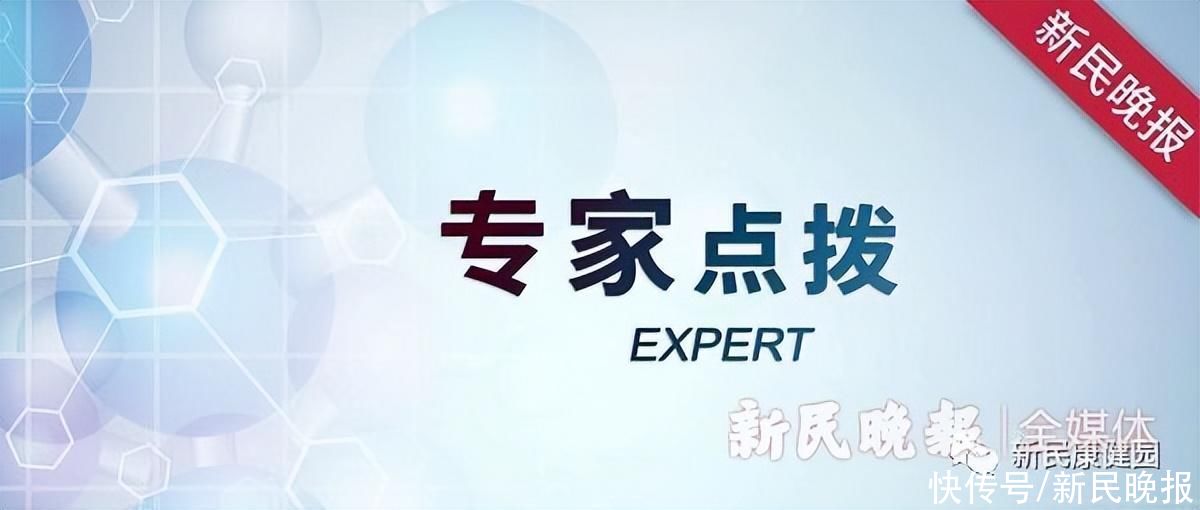
Summer is a sweet season, all kinds of seasonal fruits, Internet celebrity drinks, ice cream, you can sing and I will appear, sweet and comfortable The mouth is addicting. For diabetics, high sugar warnings are just around the corner.
Professor Zhu Dalong, chairman of the Diabetes Branch of the Chinese Medical Association and director of the Endocrinology and Metabolism Medical Center of the Drum Tower Hospital Affiliated to Nanjing University School of Medicine, reminded the majority of diabetic friends that although seasonal factors may affect ordinary people Blood sugar fluctuations do not have an effect, but hot weather can cause a series of stress responses that induce unstable blood sugar levels. Even if the fluctuation is not too big, it still needs to be highly valued by sugar lovers. Fortunately, the quantitative indicators for diagnosing diabetes are clear, and it is very important for people with diabetes to understand the meaning of each indicator in a timely manner to grasp their blood sugar levels, stabilize blood sugar lowering and control sugar.
The diagnostic criteria for diabetes are fasting blood glucose ≥ 7.0 mmol/L, or random blood glucose ≥ 11.1 mmol/L, or oral glucose tolerance (OGTT) ≥ 11.1 mmol/L for 2 hours, Or people with glycosylated hemoglobin ≥6.5% and no typical symptoms of diabetes need to be reexamined on another day. The normal range of fasting blood sugar is 3.9-6.0mmol/L, and the postprandial blood sugar is the blood sugar value measured 2 hours after the first bite of the normal meal, and the normal value should be less than 7.8mmol/L .
Clinically, many people’s blood sugar levels are in a state of glucose metabolism between diabetes and normal blood sugar, that is, pre-diabetes, including impaired fasting blood sugar and impaired glucose tolerance. Professor Zhu Dalong pointed out that this part of the population is the key population to prevent the occurrence of diabetes. If pre-diabetes is not properly controlled, the probability of developing diabetes is significantly higher than that of people with normal blood sugar. The most effective means is to adhere to a healthy lifestyle, including reasonable diet, weight control, moderate exercise, salt restriction, smoking cessation, alcohol restriction, psychological balance, etc.
Glycated hemoglobin is also one of the indicators that people with diabetes need to know. It reflects the overall blood sugar changes in three months. The normal value is below 6%. The control of glycated hemoglobin should follow the principle of individualized control. Young people with better physical conditions should be controlled below 6%-6.5%, and if the elderly have no symptoms, it can be relaxed to 7.5%-8%.
With the innovation and maturity of continuous glucose monitoring (CGM) technology, a series of new indicators for blood glucose detection have been born. Time to target blood glucose (TIR) is an effective supplement to glycosylated hemoglobin and an update to the indicators of blood glucose management in diabetes. TIR represents the time that blood sugar is stable within the target range, and is an important indicator to reflect the stability of blood sugar in patients and monitor complications. Relatively speaking, TIR is a new indicator and new thing, and it will take some time to explore its clinical guiding significance. In addition, the Glycemic Risk Index (GRI), a composite indicator based on continuous glucose monitoring (CGM) data, may in the future be useful in the development of automated insulin delivery algorithms and in predicting long-term complications of diabetes.
Professor Zhu Dalong emphasized that my country usually recommends people over 40 years old (some Western countries have advanced to 35 years old), especially obese people, to screen fasting blood sugar through physical examination once a year. Especially those with a family history of diabetes, a history of gestational diabetes, or abnormal blood sugar detected by accident, should be screened as soon as possible to make a clear diagnosis.
(Pan Jiayi)